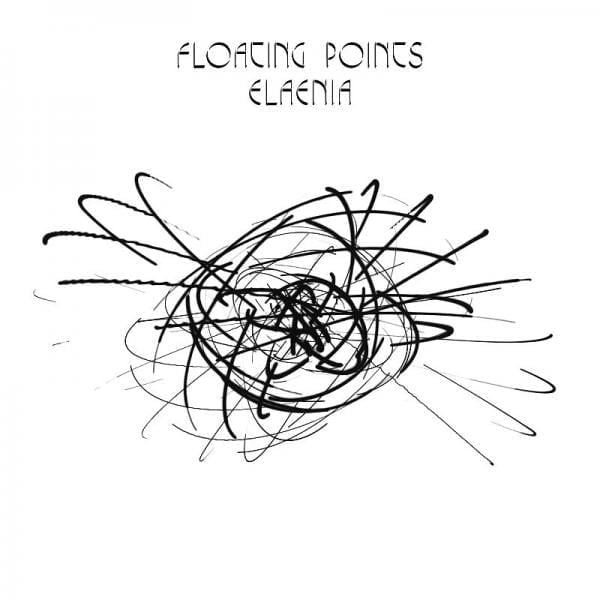November 13, 2015
Elaenia: The Fusion Future of Music
Ever since the MP3 made music easily accessible, the track has remained king over the once all mighty album. Rarely do listeners take the time sit down and actually listen to and absorb a musical masterpiece, instead cherry picking their favorite tracks from what is otherwise an ensemble of feelings the artist was trying hopelessly to convey. The days of active listening are dead and gone with them are the casual audiophiles; where once even the amateur listener took pride in their record sets, today a pair of Apple Ear Pods packaged as an accessory to a phone or iPad will suffice. Today, quality is eked out through software tuning and proprietary formatting while true quality offered through DACs and fine instruments is left lacking. For better or worse, the age of the album is mostly dead.
Of course, I’m purely hypocritical here. I, too, am to blame. I have not spent the price of a new car in obtaining quality audio equipment and rarely do I find myself so enthralled by an entire album that I feel the need to purchase the whole thing, let alone listen to it start to finish. So when I decided one night to sit down and partake in an active listening session with a full album, I was a bit out of my element, but the results were enthralling. Through this session, I discovered a unique flavor that will tinge the future of music.
 Elaenia
Elaenia
I chose for my session the latest album by Floating Points titled “Elaenia.” It is a decidedly unique album and difficult to place into a genre that actually exists, even in today’s plethora of genres with such names as complextro, witch house and goa. On the surface they are very much an experimental electronic group, sitting somewhere along that indie spectrum of downtempo chill that’s so popular right now. They’re music is pure synth and flows in and out like the subtle ripples of a fabricated water on an alien landscape. The soundscapes they manufacture are pure and deep, soothing to listen to, but lack the edge that most chill has. That’s because at a deeper level, this album is something decidedly non-electronic: At heart, this is a jazz album for the modern age.
I don’t mean elevator music. I mean real jazz. Off beats, a chaotic timing that somehow comes together to create a melody, an orchestral use of the cymbal, snare and synthy guitar riffs—all interspersed with plucky notes of a computer and trumpet sounds laced with keyboard flutes. It all comes together to create the sound that is timeless, loading your senses with a feeling of an alternate history where electronic music and jazz simply developed together, with each other. The electronic notes stand out, but don’t overload the feeling of depth that comes from the tradition the album nods to.
Take the track “Silhouettes (I, II, III)”. A dark riff opens the track with the thud of an electronic bass line beating out some sense of rhythm; it opens into a soundscape of traditional jazz, heavily reliant upon the snare and playful trumpet notes with some kind of a synthesized tubular bell droning in the background…a flute-like whistle, sounding like something out of a ’70s grunge house plays with the ear. Electronic notes hover and tingle the melody, creating a full sound and sense of playful meaning. The experience darkens with a false piano playing behind some notes that would fit in a classic detective thriller. The whole thing is very Bladerunner and I’m not quite sure what the year is anymore as I get lost in the 10 minute track.
Then consider the track “Argente”. Decidedly more electronic, we get a plucky synth mimicking some kind of distant relative of the harp, perhaps. Listening, I feel transported back into the ’80s somehow—not the poppy, disco ’80s, but the darker, grungier ’80s that produced “Highlander” and “Mad Max”. A piano clinks in the background, creating a unique fusion of sounds and once again, skewing the era. Still very jazz like; slightly less traditional…the soundscape progresses forward.
This is what I imagine the future of music to be. Ignoring the pop genres that will always be strict, staunch and changing, this is more of a deeper realization of what music may define the next several decades: A souped up jazz, a bluesy blend of electronica and subtle cues from the last century, keeping the tradition alive while experimenting with the Devil’s brew of modern instruments and sounds. Music has always been a reflection of culture, and this sound is a perfect blend of the chaotic elements of jazz that clearly define our modern society and the clean futuristic tones of electronic music that keep us proud of our own time and looking ahead—all while mixing in the indie grunge notes that create a deeper sound and feeling of purpose and uniqueness.
Previous post A Robot is Going to Take Your Job…and You’re Going to Thank It A casual stroll through the popular science section at a Barnes and Noble today and you’ll notice an influx in titles relating to our future with Next post The Day Fashion Made Us Normal Sitting across from Jerry in the iconic New York diner, a balding George dressed in a red polo shirt and light-wash jeans that were standard ’90s